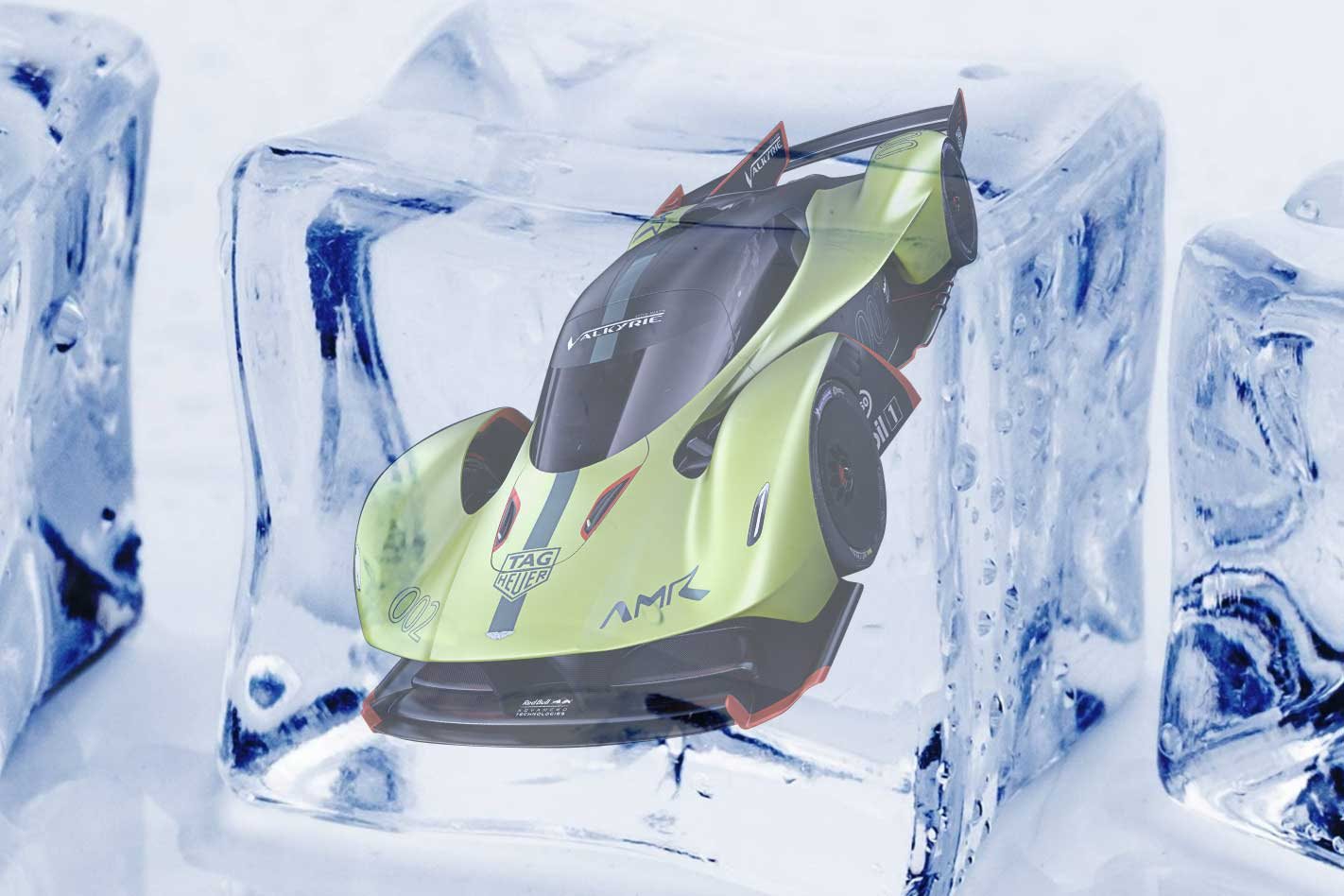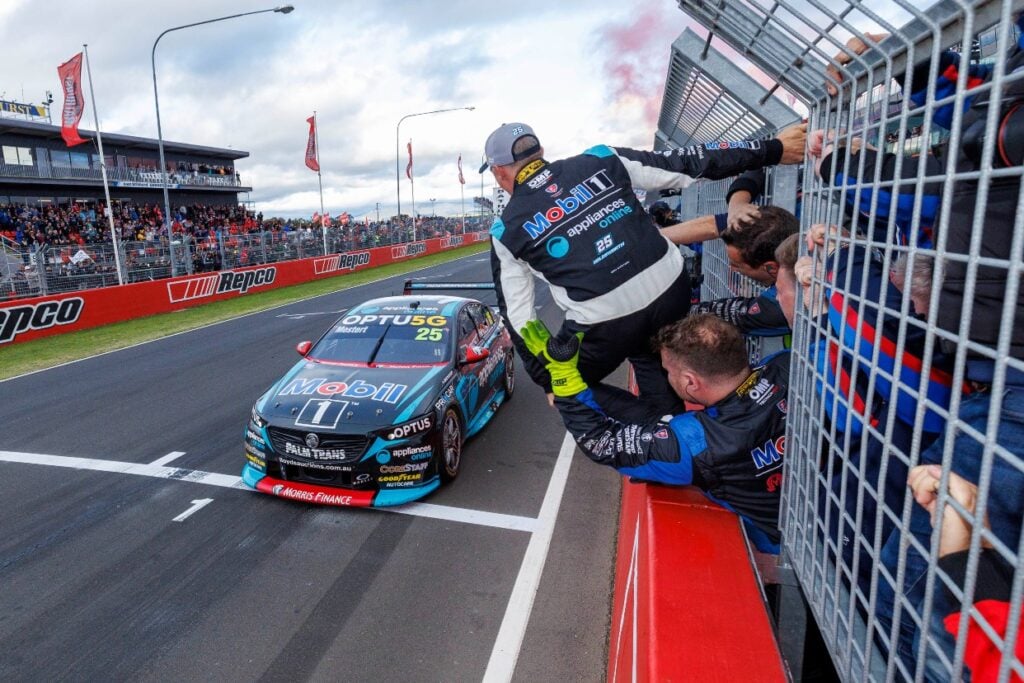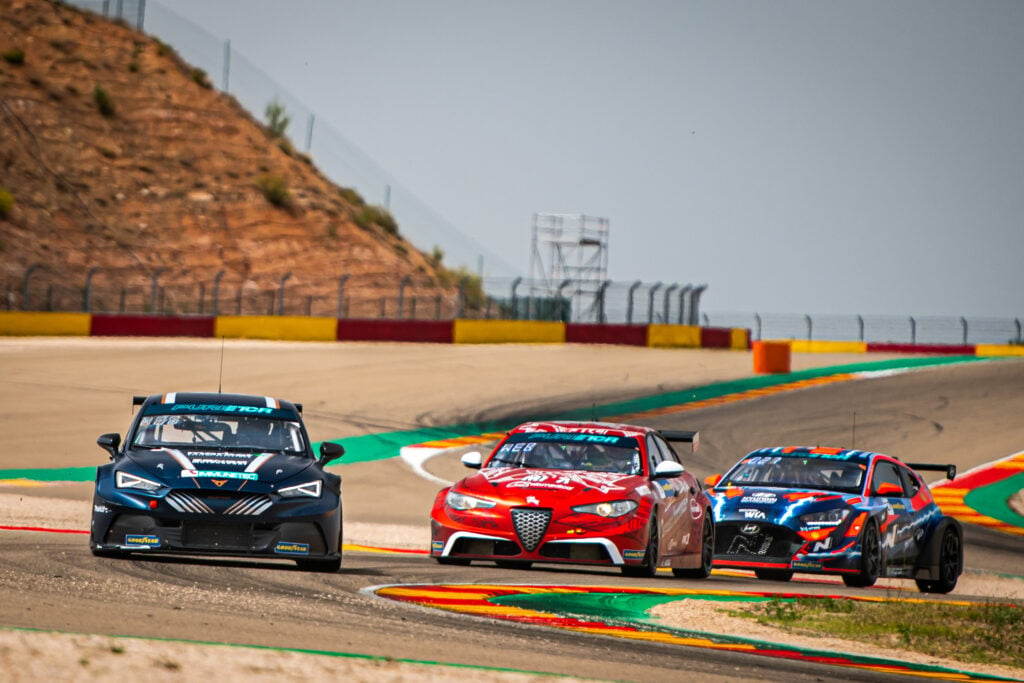Aston Martin’s return to the top flight of Le Mans in the World Endurance Championship (WEC) Hypercar class with the Aston Martin Valkyrie has been put on hold following recent developments in the sport.
In an official statement, Aston Martin cites the recent decision to harmonise the Hypercar class with a new LMDh (understood to mean Le Mans-Daytona hybrid) prototype category by the ACO, the governing body of the WEC, and the North-American endurance racing sanctioning body, the IMSA, as the reason for the about-face in its motorsports plans.
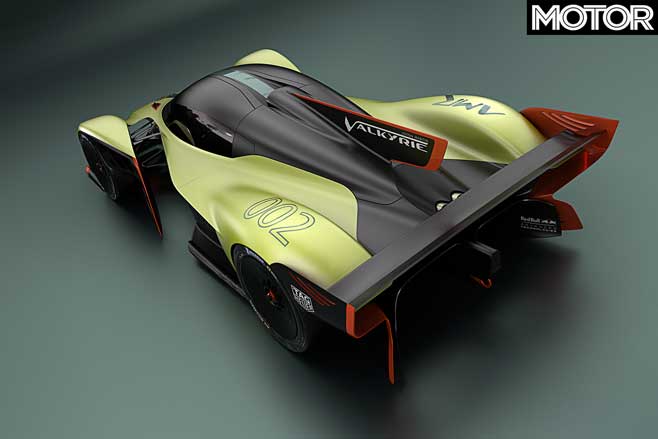
Confirmed in January this year, the LMDh category allows manufacturers to build a racer that combines “elements of the Le Mans Hypercar and LMP2 chassis” to compete in the “top category” of the WEC from 2021 and the IMSA’s WeatherTech Sportscar Championship from 2022.
It is understood that with the LMDh category, full-fledged manufacturers of LMP2 race cars, like Dallara, Ligier, Multimatic, and Oreca could build eligible entrants that would be able to compete in both the WEC and the IMSA racing series, while Hypercar builders would be limited to the WEC.
“Aston Martin’s ambition to compete for the overall victory in the 24 Hours of Le Mans remains undiminished, but it is only right that we reassess our position in light of a significant change in the landscape that was not anticipated when we committed last year,” said Andy Palmer, Aston Martin Lagonda president.
“We entered Aston Martin Valkyrie in WEC and at Le Mans with the understanding that we would be competing with similar machinery and like-minded manufacturers. The situation has changed and it makes sense for us to pause and reconsider our options.”
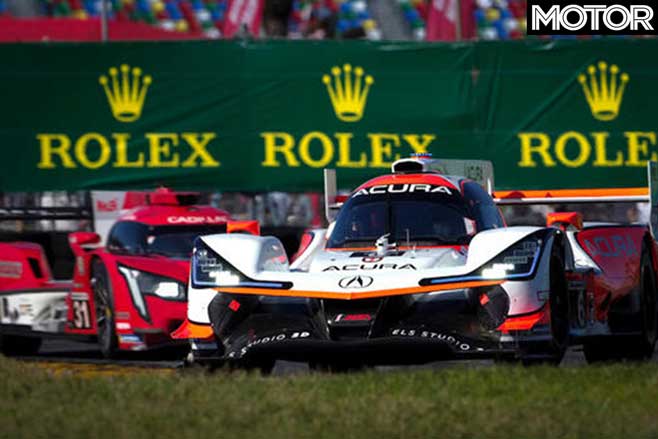
In response to Aston Martin’s announcement, the FIA and ACO stated that the company’s decision was “very regrettable but not unexpected”.
“Aston Martin recently informed us of this new development in its Valkyrie Le Mans hypercar project. We can only take note of this and await a favourable outcome,” explained Pierre Fillon, ACO president.
“For a few months now, we have all been aware of the economic difficulties of Aston Martin, and the subsequent questions raised about its future motorsport programmes, namely endurance racing and F1, as well as its strategic path forward. Contextual developments linked to economic and industrial parameters can always occur for a manufacturer during the implementation of projects.”
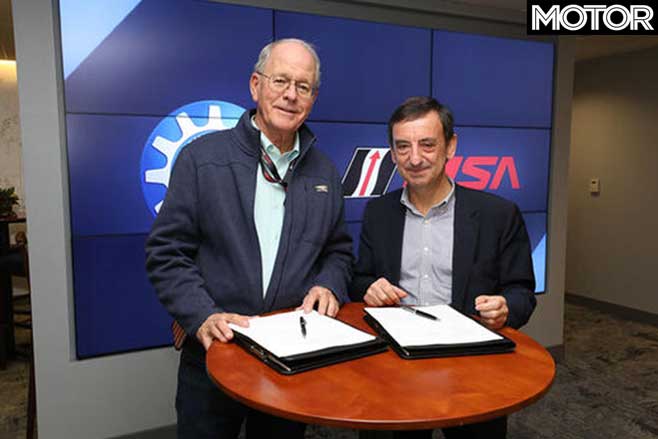
It is no secret that Aston Martin’s financials hasn’t been in the best of health, marred by disappointing sales in 2019, a downgraded outlook, and slumping stock prices amidst Palmer’s ambitious ‘Second Century’ plan putting a strain on the company’s fortunes.
These conditions opened the door for an investment consortium led by Canadian billionaire and Racing Point F1 team owner, Lawrence Stroll, to take out a £182 million (AUD$354 million) 16.7 per cent stake in the car maker last month.
Not only would the stake see Stroll become an executive chairman within the company, Racing Point would be rebranded as the Aston Martin F1 works team for at least ten years from next year onwards.
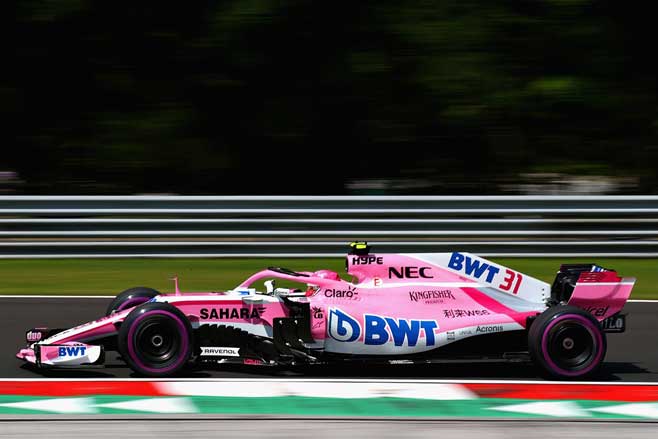
“The decision to pause our entry into the WEC Hypercar class gives us the time and breathing space to calmly assess the status of the top level of the sport, and our place within it,” said David King, president of Aston Martin Racing.
The postponement of Aston Martin’s Hypercar Le Mans programme is the latest in a number of developments that have raised questions of the upcoming category’s future.
Earlier this month, Peugeot Sport confirmed that the Rebellion Corporation, the racing partner tipped to run Peugeot’s Hypercar Le Mans entry, will be “ceasing all motorsports activities”, though it maintains that its WEC program is still “on track”.
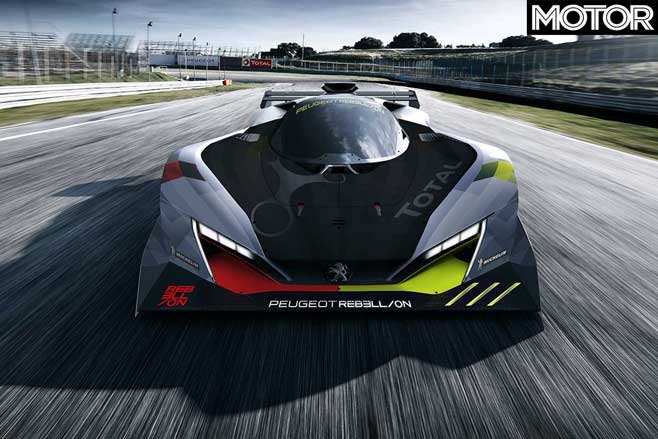
As of the publication of this article, the only entrants that have shown a viable proof of concept are Toyota, with its GR Super Sports, and Scuderia Cameron Glickenhaus.
Rumours persist of Porsche allegedly reviving its stillborn Formula One program as a Hypercar competitor, but as of now there has not been any official statement or show of intent.
With the first appearance of the Hypercar-class scheduled for the WEC debut at Silverstone this August, the ACO remains bullish about the class moving forward.
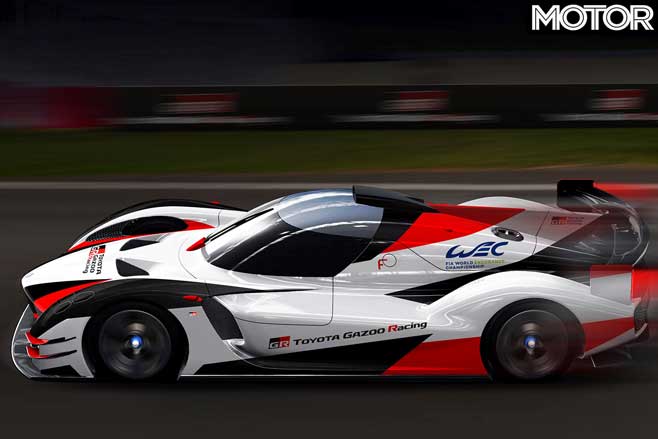
“As far as the next top category of competition, Le Mans Hypercar, is concerned, we continue to believe and remain utterly convinced that a manufacturer has its rightful place there, in all its best interests,” said Fillon.
“The ACO/IMSA convergence does not impact this category, and the next elements on the technical details of that common platform, to be given at Sebring in mid-March, will confirm that. We hope that this transitory pause in Aston Martin’s Valkyrie development with Multimatic will come to a quick and positive conclusion.”
Aston Martin’s current arrangement with Red Bull Racing is set to expire at the end of this season, though the company will continue its partnership with Red Bull Advanced Technologies, the development partner and brain bank behind the Valkyrie, until all customer cars are delivered.
If that were the case, Red Bull’s latest video of Red Bull Racing F1 drivers Max Verstappen and Alex Albon taking the Valkyrie prototypes on track would seem a little poignant, like children enjoying themselves in the looming shadow of an amicable divorce.
Customer deliveries of the Aston Martin Valkyrie are expected to commence in the second half of this year, with the track-only AMR Pro to follow next year.

